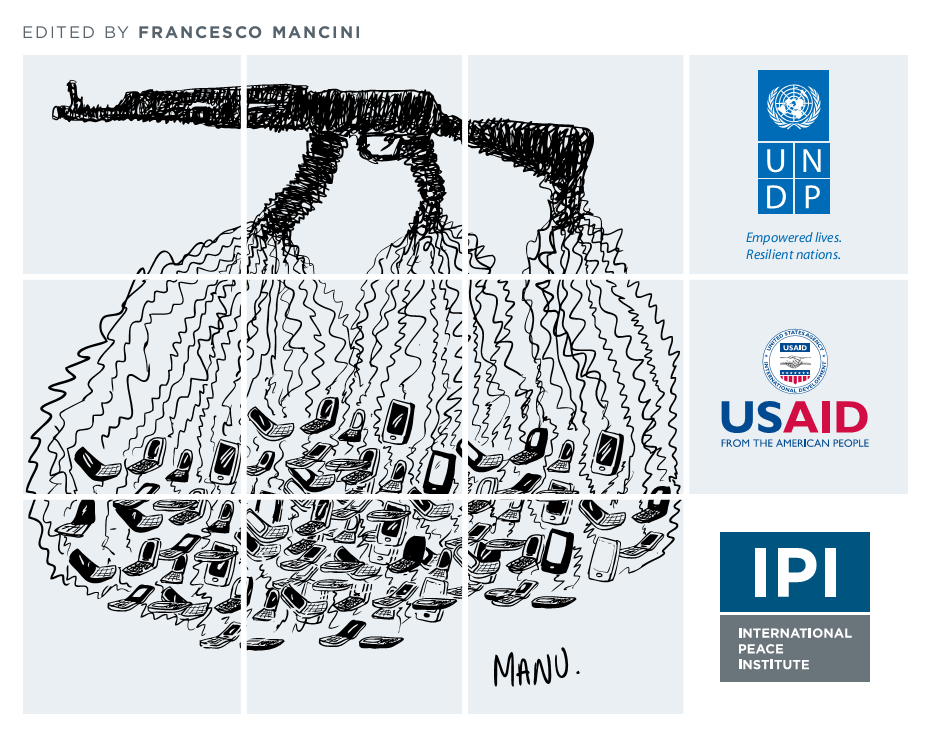New Technology and the Prevention of Violent Conflict

In an era of rapidly increasing global interconnectivity, information and communication technologies (ICTs) have generated an unprecedented quantity of data. In 2012 alone, humans generated more data than over the course of their entire history. A report by the International Peace Institute, “New Technology and the Prevention of Violence and Conflict,” discusses the profound implications of new technologies and their potential for strengthening conflict prevention initiatives.
In line with the objectives of conflict prevention efforts, the report explores the contributions that cell phones, social media, crowdsourcing, crisis mapping, blogging, and big data analytics can make to short-term efforts to forestall crises and long-term initiatives to address root causes of violence. Through five case studies, the report examines how such tools can be leveraged in a variety of regions (Africa, Asia, and Latin America), types of violence (criminal violence, election-related violence, armed conflict, short-term crisis), and political contexts (restrictive and collaborative governments). The core question that guided the researchers of the project was, in the words of the authors:
How can new information and communication technologies (ICTs) aid international actors, governments, and civil society organizations to strengthen their voice and action in order to more effectively prevent violent conflict?
Drawing from case studies and experiences in the field, the authors provide guidelines for using new technologies for conflict prevention:
- Consider all tools for a holistic approach – New technologies have great potential but are not the panacea for holistic solutions
- Consider the context – Socioeconomic, cultural, and demographic factors influence the impactof technology, which technology is appropriate, and how technologies might be combined
- Do no harm – A conflict-sensitive approach is vital from conception to completion of any initiative using technology in violent settings
- Integrate local input throughout – Integration of existing civil society initiatives can greatly increase effectiveness and prevent reinventing the wheel
- Use technology to help information flow horizontally – Citizen-to-citizen ICT initiatives can help to connect more “warners” and “responders” more quickly and closer to a crisis
- Establish consensus regarding data use – Establishing consensus on ownership, use, and sharing of information can build legitimacy among affected communities and increase effectiveness
- Foster partnerships for better results – Complementarity is important to increase effectiveness
The report was published by IPI with the support of the UNDP’s Bureau for Crisis Prevention and Recovery and USAID’s Office of Conflict Management and Mitigation, and features the following contributions:
Big Data for Conflict Prevention: New and Old Fires
Emmanuel Letouzé, Patrick Meier, and Patrick Vinck
Using Information and Communication Technologies for Violence Prevention in Latin America
Robert Muggah and Gustavo Diniz
Early Warning and the Role of New Technologies in Kenya
Godfrey M. Musila
Conflict Cure or Curse? Information and Communication Technologies in Kyrgyzstan
Anna Matveeva
New Technologies and Conflict Prevention in Sudan and South Sudan
Helena Puig Larrauri
It's a worthwhile read for those interested in tech and violence prevention even if a lot of the work is highly experimental and cutting edge, and thus, relatively unproven. IPI has taken a leadership role in this area that needs to be applauded. We look forward to more from the team there, and innovators in the field.
